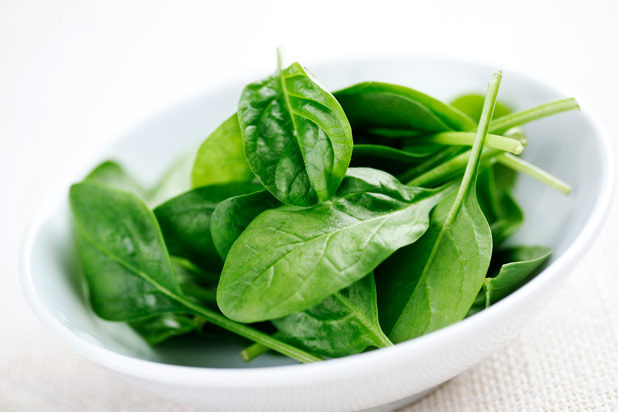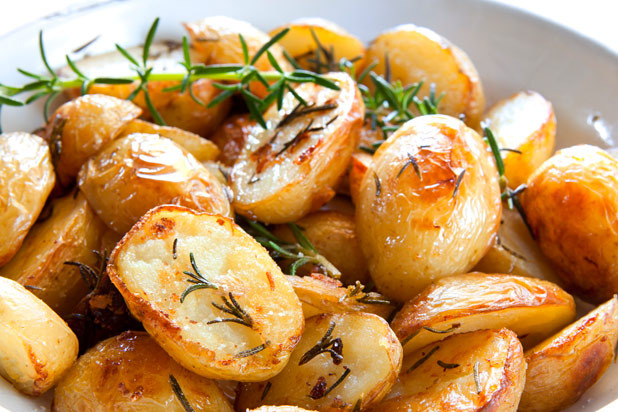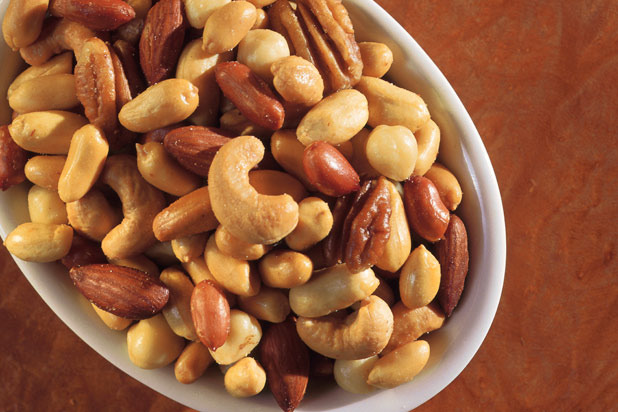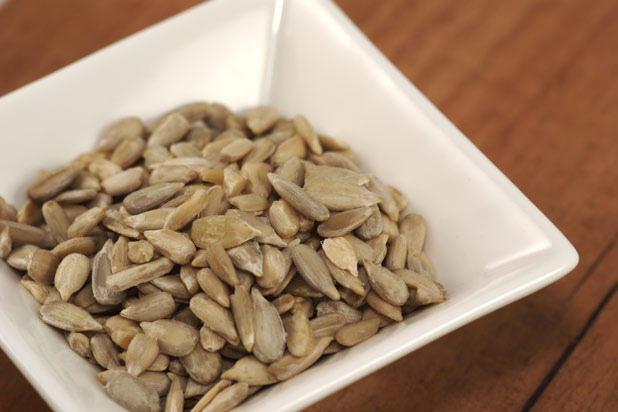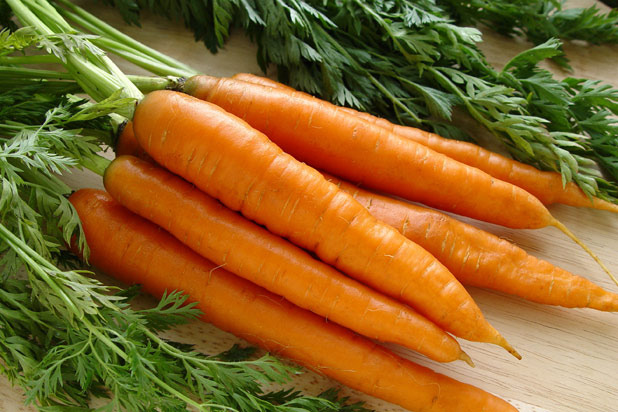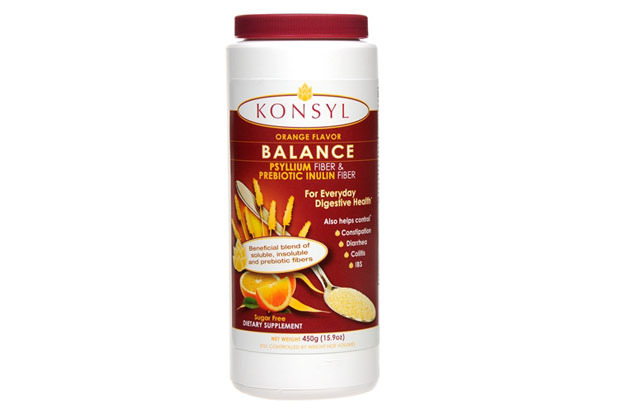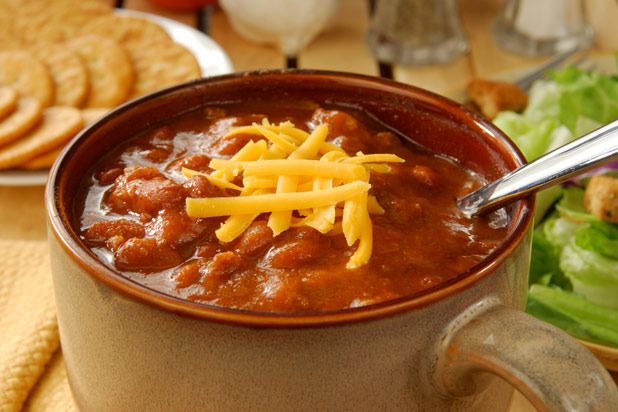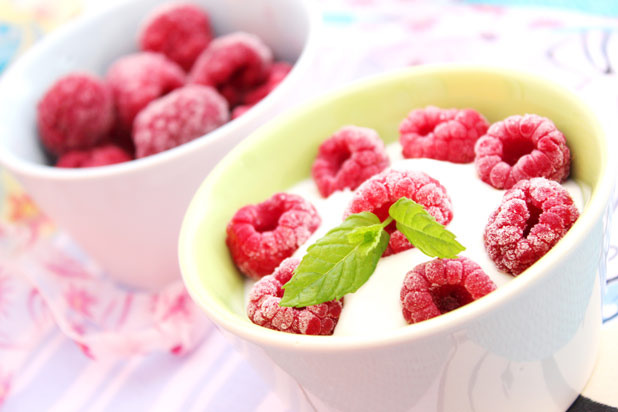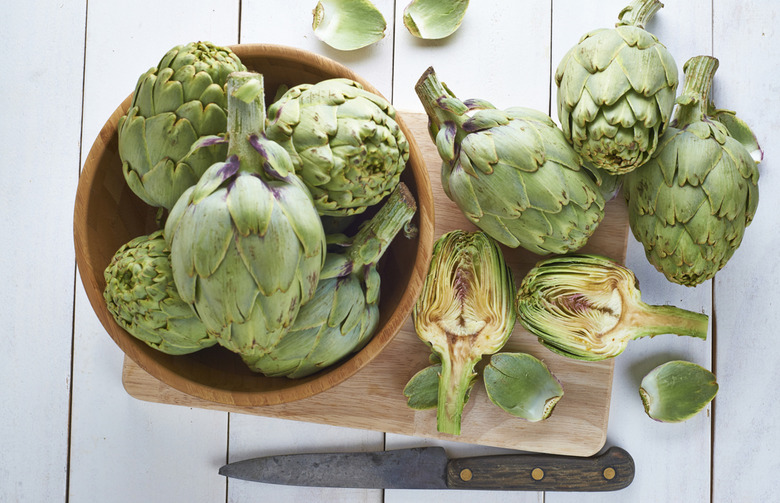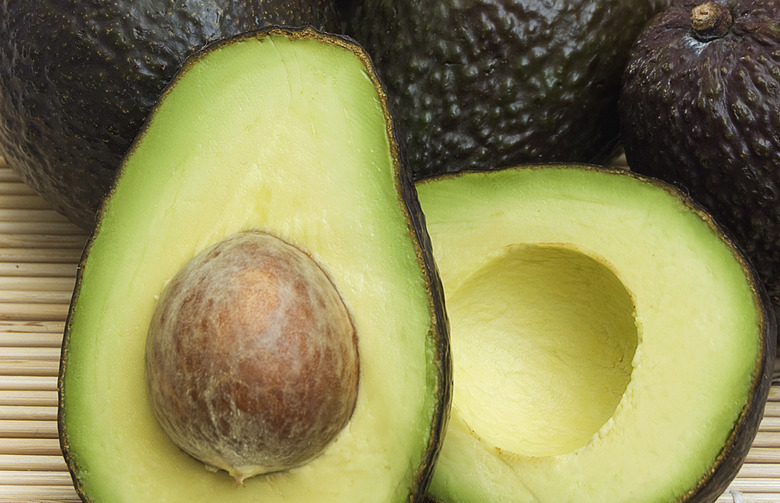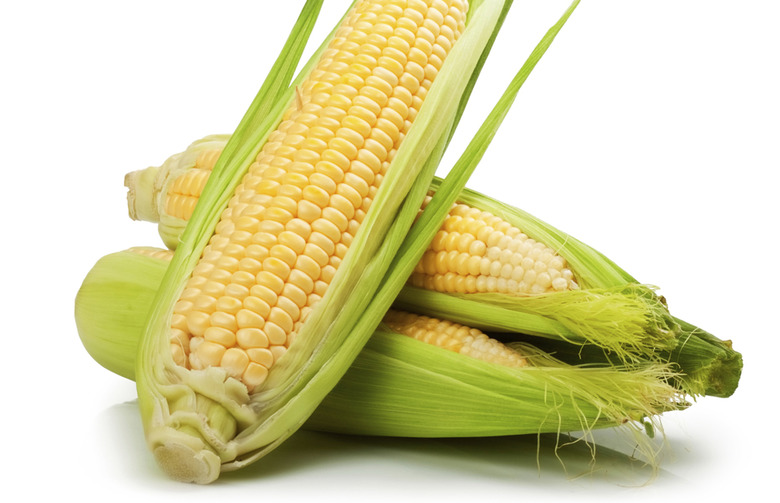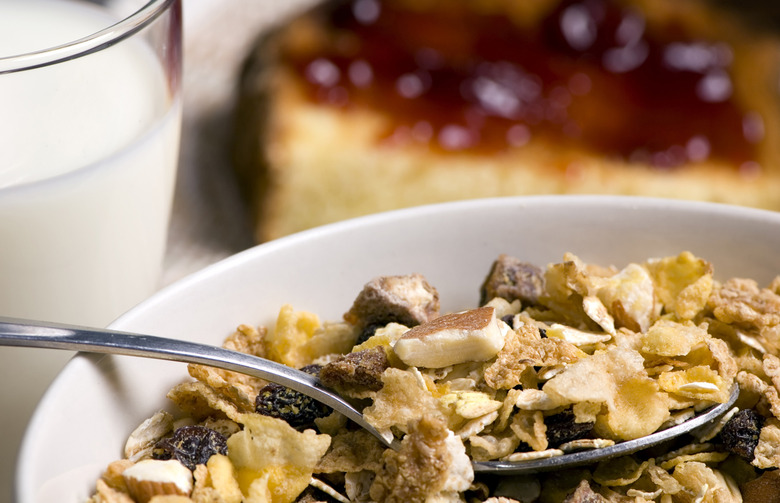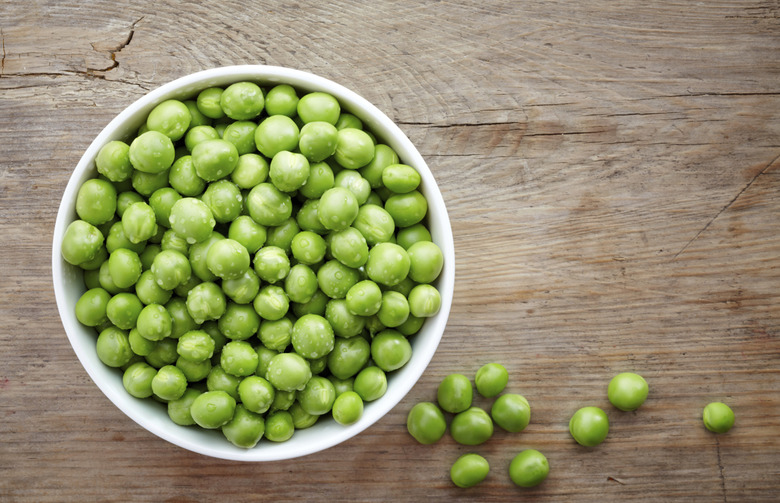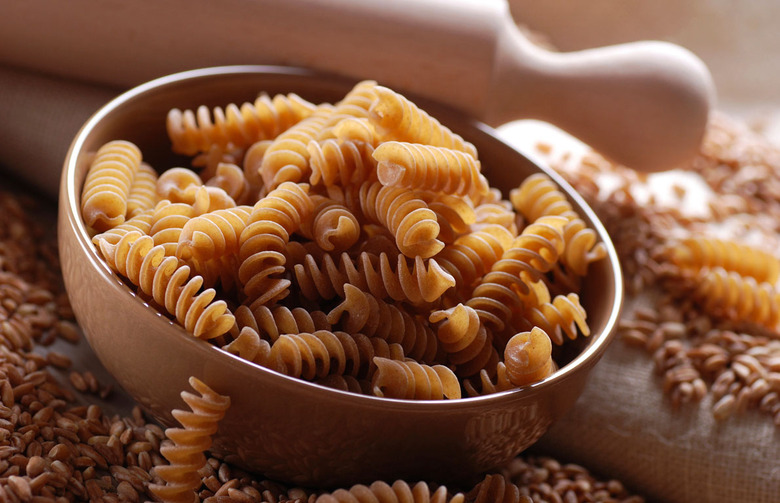9 Surprising Ways To Add More Fiber To Your Diet Slideshow
Many of the meals you consume and recipes you make on a regular basis can be adapted to use whole grains, which are higher in fiber than that white stuff. Or even better, try ancient grains like amaranth or quinoa. Experiment with these grains, and you'll add fiber and introduce new flavors and exciting textures to your diet, which may keep you away from your next bagel binge. For the Whole Grain Rice Salad recipe, click here.
#2 - Pile On the Vegetables
Like your mother always said, don't forget to eat your vegetables! Aim for making vegetables — preferably fiber-rich types like greens and broccoli — a part of every meal. While all vegetables contain some fiber, not all are created equally; spinach, artichoke, and tomatoes are some excellent choices. For the Vegetable Pitas recipe, click here.
#3 - Don't Skimp on the Skin
Almost all foods with a skin will have more fiber when you leave it on. When the skin is removed, not only is the fiber lost but skins tend to house more nutrients, too. For the Beef Stuffed Potato Skin recipe, click here.
#4 - Go Nuts for Nuts
Nuts are unique in their own way — from pecans and almonds, to walnuts. All nuts are sources of fiber and have similar amounts of fiber per nut. While more famous for their healthy fats, nuts also have standout phytonutrients that have been linked to reduced risk of heart disease. For the Mixed Nut Mole recipe, click here.
#5 - Satisfy Your Fiber Needs with Seeds
Sunflower seeds aren't just for baseball players! Seeds are a versatile way to add fiber (and healthy fats) to your favorite meals. Try adding sunflower seeds, pumpkin seeds, or ground flaxseed to foods like oatmeal or yogurt or tossed into a peanut butter sandwich or on top of a salad. For the Tomato Garlic Sunflower Seed Smoothie, click here.
#6 - Crunch Away
Some of my favorite crunchy foods also are good sources of fiber. Make a super crunchy and satisfying salad with carrots, celery, endive, and broccoli. For the Beet Salad recipe, click here.
#7 - Sneak It Into Your Cooking
If you still can't get enough fiber into your diet with these tricks, fiber supplements can help. Konsyl Fiber is a healthful solution if you're not reaching your fiber needs. This all-natural psyllium supplement is neutral tasting so it can be added to soups, yogurt, smoothies, shakes, salad dressing, and just about anything else you're making. For the Cereal Bowl Smoothie recipe, click here.
#8 - Bring On the Beans
Beans are an excellent source of both protein and fiber, and can be the base of a great meatless meal. Introduce a warm veggie chili once a week, try a bean dip with veggies for an afternoon snack, or add half a cup of beans to your lunchtime salad. For the Fava Bean Hummus recipe, click here.
#9 - Change Up Your Dessert Routine
Instead of processed, high-fat, sugary cakes or brownies, opt for 1 cup frozen raspberries for a treat. Other sweet substitutions include a ¼ cup full-fat yogurt with 1 tablespoon pumpkin seeds and 1/4 teaspoon cinnamon, and for an even richer dessert, try mixing 1 tablespoon ricotta, 2 tablespoons canned puréed pumpkin, and 1/2 tablespoon chia seeds together to be spread on apple slices. For the Raspberry Muffins recipe, click here.
#10 Add an Artichoke
Artichokes may look intimidating, but once you get beyond their prickly exterior, you will have a tender vegetable that is more fiber-rich than any other — with 10.3 grams per artichoke. Steam them or sauté them with butter and toss with pasta; either way, adding an artichoke to your meal will give you a serious fiber boost. For the artichoke dip recipe, click here.
#11 Try an Avocado
Avocados are an excellent source of fiber. Two tablespoons of the fruit gives you two grams of fiber, and an entire avocado contains 10 grams. They are a great source of mono- and polyunsaturated fats — also known as "good" fats. Avocados have been shown to lower your cholesterol and reduce the risk of heart disease. For the guacamole recipe, click here.
#12 Throw in Some Corn
A single ear of corn — or half a cup of kernels — contains two grams of fiber. Use corn in your next salad or throw some on the grill to get the dose of fiber you need. Alternatively, munch on some popcorn — you'll get 3.5 grams of fiber per every three-cup serving. For the Best Corn Pudding recipe, click here.
#13 Sprinkle on Some Oat Bran
Just sprinkle all seven grams of fiber per cup of the oat bran on just about anything to unleash a fiber storm into your diet. Whether you sneak oat bran into your morning smoothie or crust your baked chicken breast, it's exactly what you need to improve your dietary fiber intake. For the Blueberry Oat Bran Scones recipe, click here.
#14 Purée Some Peas
Peas pack in 8.8 grams of fiber per cup, which means you can purée those little green powerhouses to sneak in extra fiber to any meal. Try split-pea soup, or use the purée as a sauce for seared halibut. For the Asparagus Pea Soup recipe, click here.
#15 Prepare Whole Wheat Pasta
Whole-wheat pasta contains considerably more fiber than the regular variety. Try cooking some up with an avocado and lemon sauce for a fiber-packed meal. For the Whole Wheat Pesto Pasta Salad recipe, click here.

